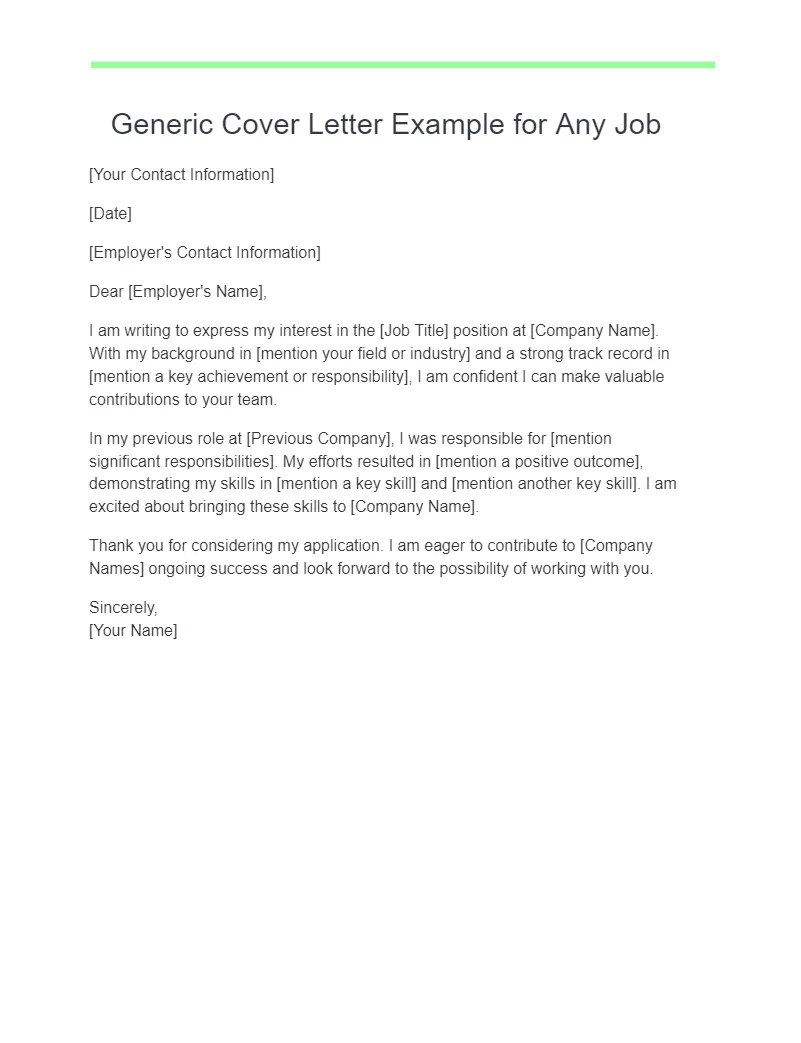Understanding the Purpose of a Job Fair Cover Letter
A job fair cover letter is a crucial document that can significantly increase your chances of making a positive impression on potential employers at a job fair. Unlike a standard cover letter that might accompany a resume submitted online, a job fair cover letter serves a unique purpose it’s your introduction, your sales pitch, and your tool to stand out from the crowd. It’s designed to be brief, impactful, and tailored to the specific companies you want to meet. Your cover letter should immediately convey your interest, highlight relevant skills, and express your enthusiasm for the opportunity. The goal is to encourage recruiters to want to learn more about you and invite you for an interview. Remember, the job fair is a competitive environment; therefore, a well-crafted cover letter can give you a significant edge.
Researching Companies Attending the Job Fair
Before you even think about writing your cover letter, you need to do your homework. Researching the companies attending the job fair is a non-negotiable step toward crafting a compelling application. Visit the job fair’s website or check the event’s promotional materials to create a list of the companies you wish to approach. Once you have your list, visit each company’s website. Learn about their mission, values, recent projects, and any specific skills or qualifications they seek. This background information will allow you to tailor your cover letter to each company, demonstrating your genuine interest and making you appear as a stronger candidate.
Identifying Key Skills and Experiences
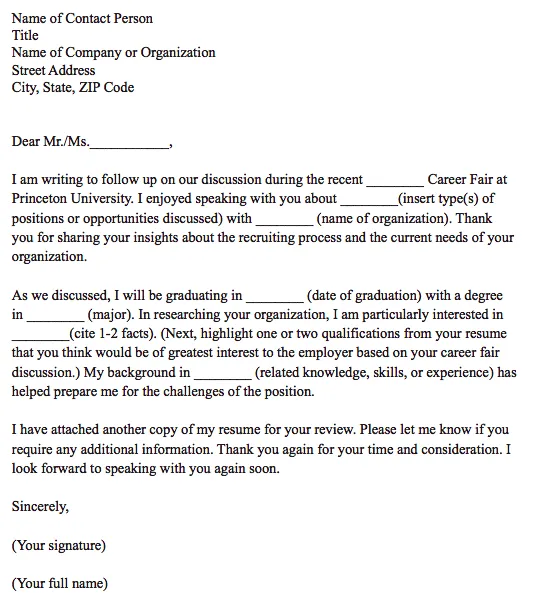
Once you have information about which companies will be at the job fair, start identifying which skills and experiences you want to highlight. Analyze the job descriptions of the roles that interest you. Identify keywords and skills that align with your experience. Make a list of your accomplishments, skills, and experiences that directly relate to the opportunities you’re pursuing. Consider both hard skills (technical abilities) and soft skills (communication, teamwork, problem-solving). By knowing what your strengths are, you’ll be able to highlight those relevant skills and experiences to each company. This targeted approach shows recruiters why you would be a valuable asset to their organization.
Formatting Your Job Fair Cover Letter
A well-formatted cover letter is crucial for making a positive first impression. It shows professionalism and attention to detail. Aim for a clean, concise layout that is easy to read and navigate. Use a standard font (like Times New Roman or Arial) in a readable size (11 or 12 points). Keep the letter to one page maximum, as recruiters will be reviewing many cover letters and resumes at the job fair. Use clear headings, bullet points, and ample white space to improve readability. The content should be well-organized, so the recruiter can quickly find the information they need.
Header Information
Begin with your contact information in the header. This includes your name, phone number, email address, and potentially your LinkedIn profile URL. Ensure the contact information is accurate and up-to-date. Next, include the date and the company’s name, and the recruiter’s name (if you know it), and the company’s address (if available). This professional header immediately shows recruiters how to contact you and demonstrates that you are serious about the opportunity.
Salutation
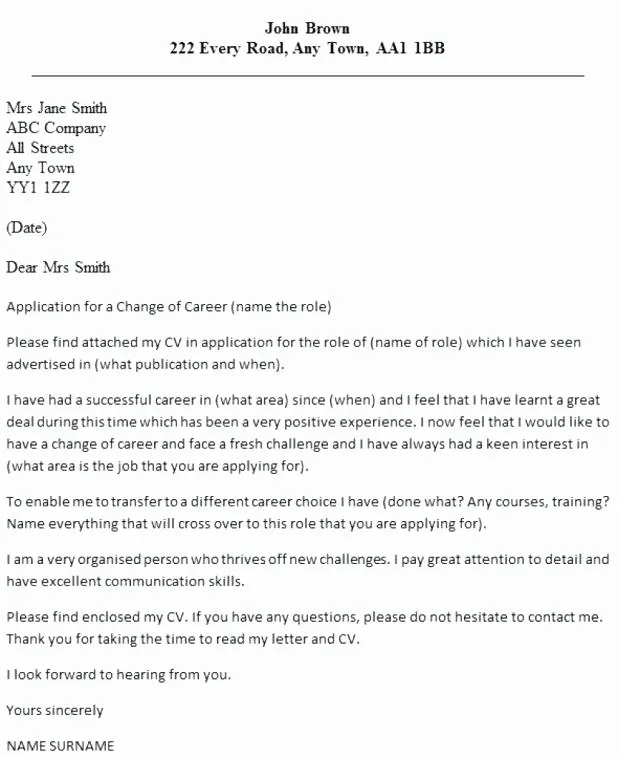
Use a professional salutation to address the hiring manager or recruiter. If you know their name (research beforehand!), use “Dear Mr./Ms. [Last Name]”. If you’re unsure of the contact person’s name, opt for a more general greeting, such as “Dear Hiring Manager” or “Dear [Company Name] Recruiting Team”. Always use a professional tone and avoid informal greetings such as “Hello” or “Hi.”
Body Paragraphs
The body paragraphs are where you highlight your value proposition and explain why you are a good fit for the company and the role. Start with a brief paragraph that states your interest in the company and the specific position or opportunity you are seeking. Then, in the subsequent paragraphs, showcase your most relevant skills and experiences, using specific examples to demonstrate your abilities. Keep your paragraphs concise and focused, highlighting how your skills and experiences align with the company’s needs and the job requirements.
Expressing Enthusiasm and Interest
Show your enthusiasm and genuine interest in the company and the opportunity. Expressing your enthusiasm for the company and role is important to show that you are truly invested. Explain why you are drawn to the company’s mission, values, or work environment. If possible, mention a specific project, initiative, or recent company achievement that resonates with you. This will demonstrate that you have done your homework and are genuinely excited about the possibility of joining their team. Enthusiastic language that shows genuine passion for the company is an asset.
Highlighting Relevant Skills
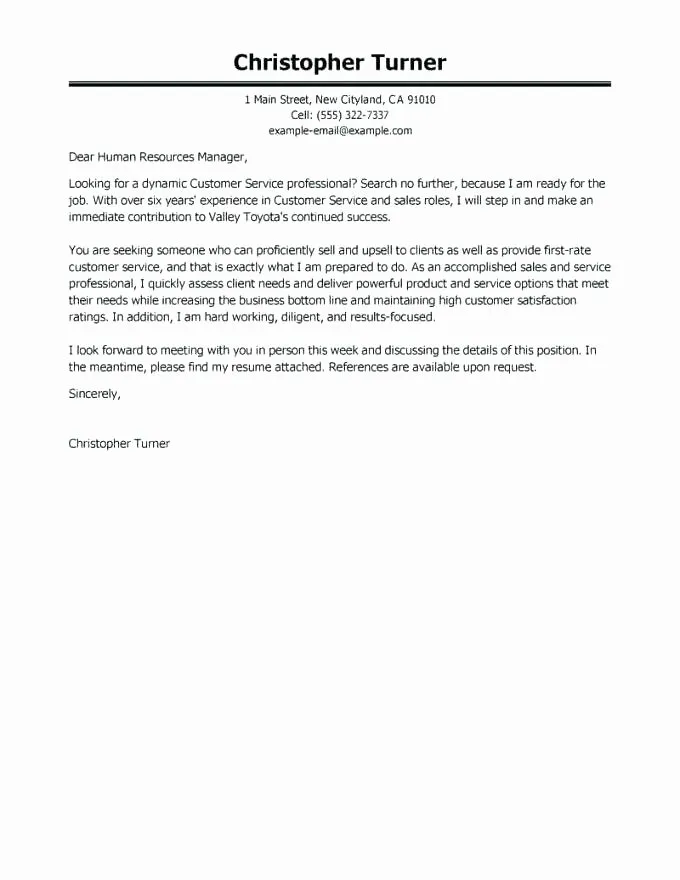
The heart of your cover letter should demonstrate your skills. Focus on the most relevant skills and experiences that align with the company’s needs and the job description. Use specific examples to showcase your accomplishments. Quantify your achievements whenever possible. Show, don’t just tell; for example, instead of saying “I’m a good communicator,” say “Successfully presented project updates to a team of 20+ stakeholders, resulting in improved alignment and project efficiency.” This helps the recruiter to quickly understand your value.
Tailoring to the Company
Tailoring your cover letter to each company is essential for making a strong impression. Generic cover letters are usually discarded. Tailor each letter by referencing specific information you learned during your company research. This includes their mission, values, recent projects, and any skills or qualifications they seek. Show how your skills and experiences align with their needs. By demonstrating your knowledge and genuine interest, you are showing the recruiter that you are committed to this company.
Call to Action
Include a clear call to action at the end of your cover letter. State your interest in discussing your qualifications further and express your willingness to schedule an interview. Provide your contact information again. The call to action is your last chance to create a positive impression and encourage the recruiter to take the next step.
Closing and Signature
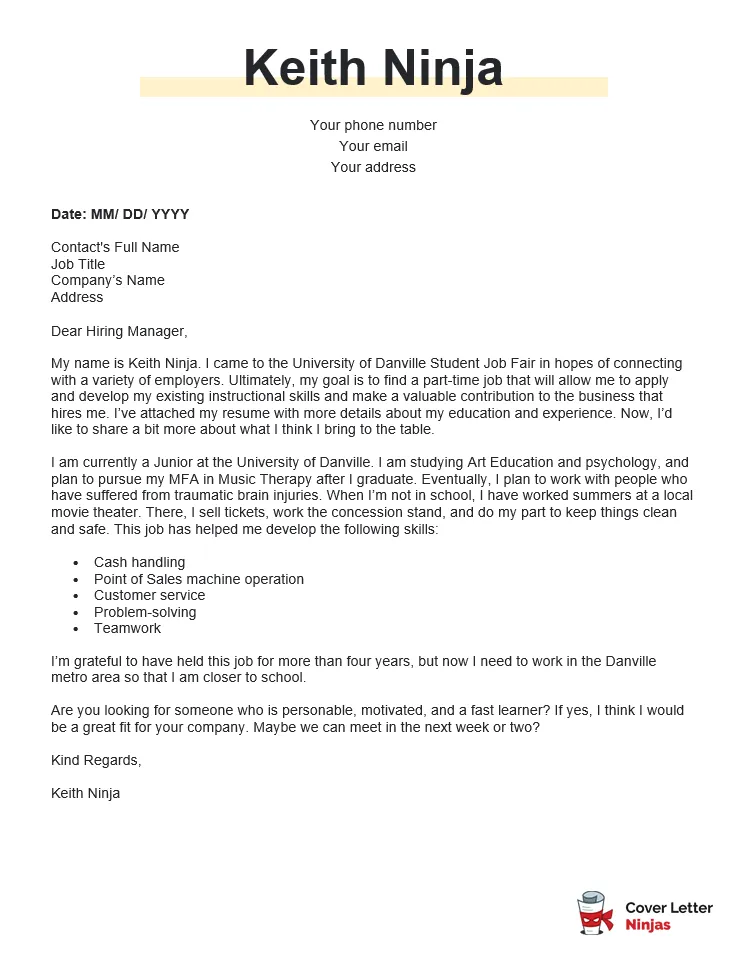
Use a professional closing and signature. A standard closing is “Sincerely” or “Best regards,” followed by your typed name. If you are printing the cover letter to give to the recruiter, leave space for your handwritten signature above your typed name. This adds a personal touch and emphasizes your commitment to the role.
Proofreading and Editing
Proofreading and editing your cover letter is a critical step to ensure the recruiter takes you seriously. Mistakes can damage your credibility. Carefully check your cover letter for any grammatical errors, spelling mistakes, or typos. Read it aloud to catch any awkward phrasing or sentence structure issues. Ask a friend or career counselor to proofread your cover letter as a second set of eyes. A flawless and well-written cover letter leaves a professional and positive impression on potential employers.
Common Mistakes to Avoid
Avoid these common mistakes to ensure you make a great impression. These mistakes can undermine your application.
Generic vs. Targeted Cover Letters
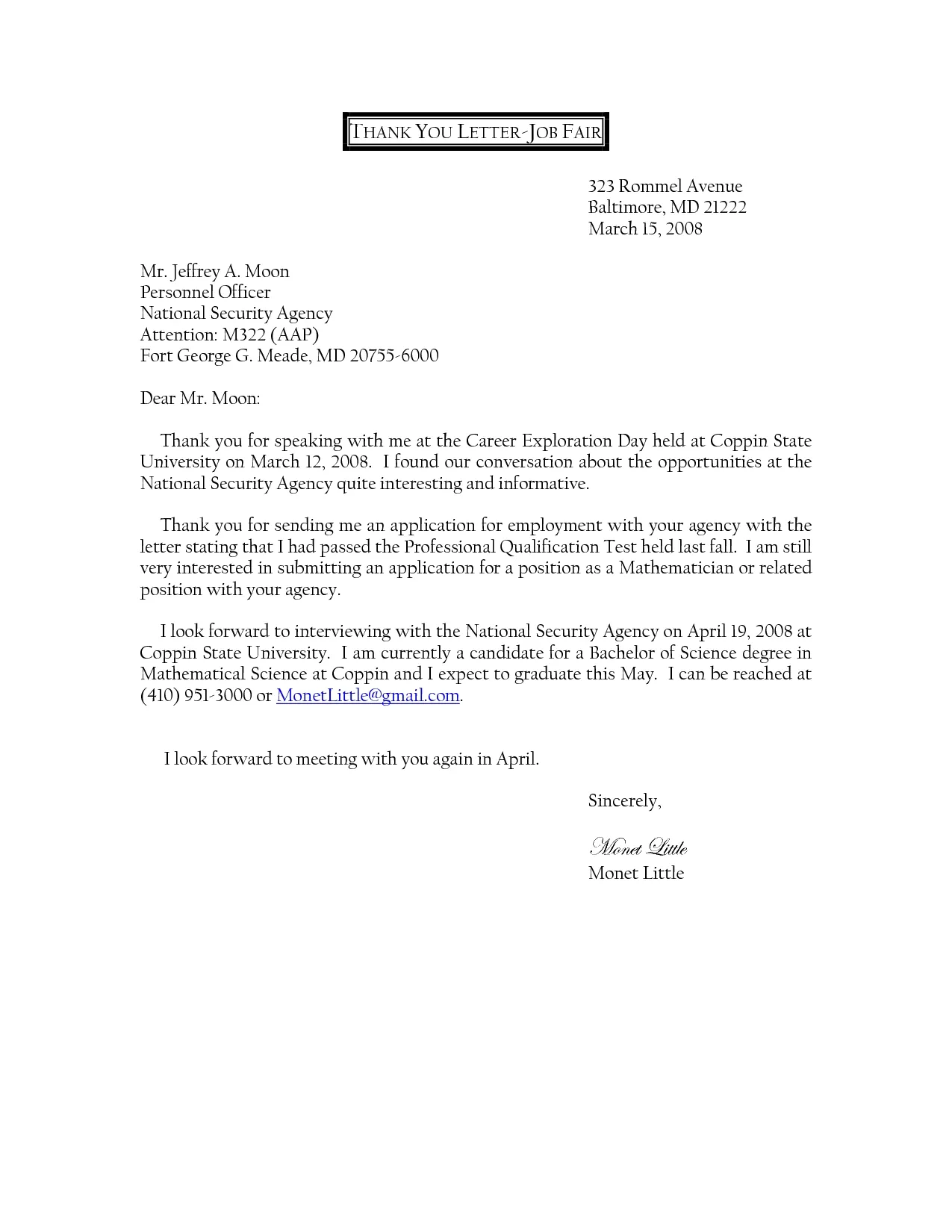
Avoid generic cover letters. Submitting a generic cover letter is one of the biggest mistakes you can make when applying for a job. These types of letters are usually discarded because they do not show a particular interest or dedication. Always tailor your cover letter to the specific company and the job you are applying for. By doing so, you demonstrate that you have taken the time to understand the company’s needs and that you are genuinely interested in the opportunity.
Overly General Statements
Avoid making overly general statements about your skills and experience. Provide specific examples and quantify your achievements whenever possible. Instead of stating, “I have strong communication skills,” give a specific example, such as “Successfully led a team of five in a project, resulting in a 15% increase in efficiency.” This helps to demonstrate your skills and leaves a lasting impression.
Failing to Proofread
Failing to proofread is a common mistake that can damage your credibility. Always carefully proofread your cover letter for any grammatical errors, spelling mistakes, and typos. Read it aloud and have someone else review it as well. A clean and error-free cover letter shows attention to detail and professionalism.
Submitting Without Customization
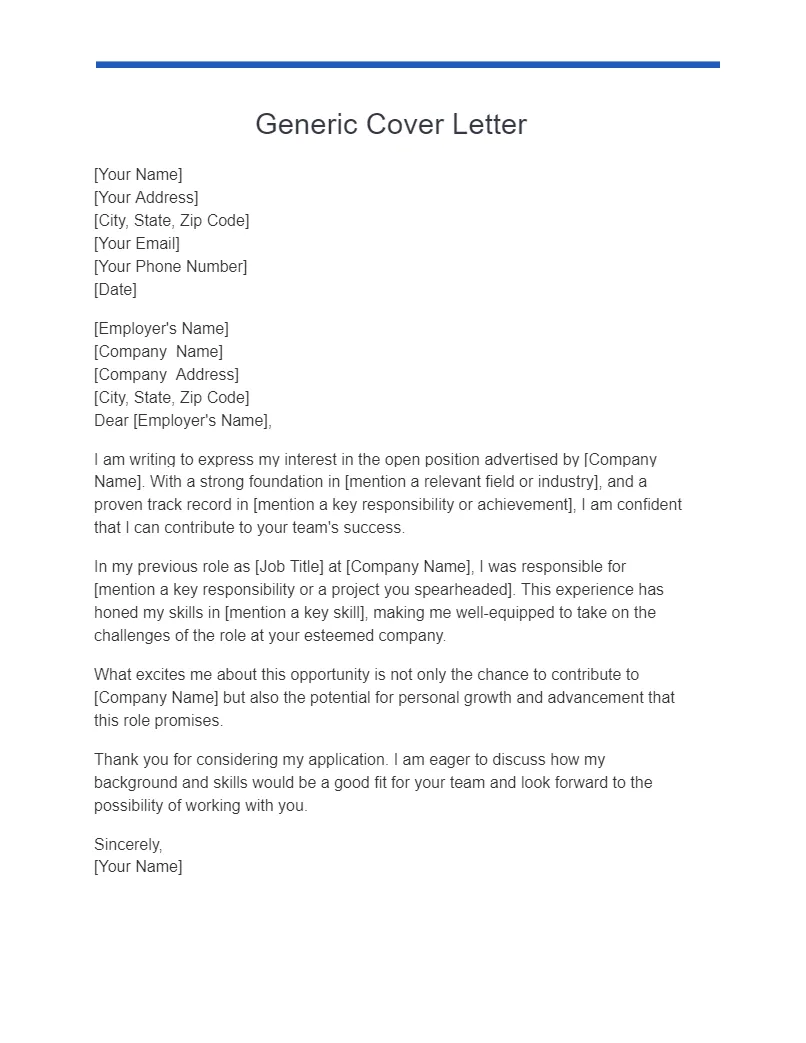
Avoid submitting a cover letter without customizing it for each company. Generic cover letters, which do not mention the company or tailor your experience, are often discarded. Take the time to research the company, highlight your relevant skills, and express your genuine interest. This shows the recruiter that you are invested in their company.
Following Up After the Job Fair
Following up after the job fair is another important step to staying on the recruiter’s mind. Within a week of the job fair, send a brief thank-you email to the recruiters you spoke with. Reiterate your interest in the role and mention something specific from your conversation. Attach your cover letter and resume. Following up demonstrates your continued interest and commitment, increasing your chances of being considered for an interview. Following these steps will help you land your dream job!
